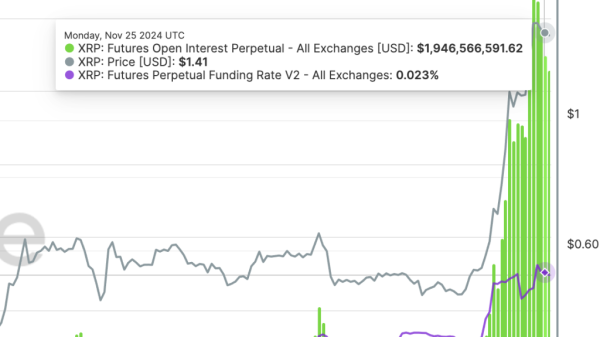Article Body:
The proposed introduction of a new BRICS (Brazil, Russia, India, China, and South Africa) currency could potentially influence global financial markets, with particular implications for the US dollar. The BRICS nations represent an association of five major emerging national economies. As a collective, they account for around 30% of global GDP, making them a formidable player in the world economy. A new BRICS currency could bring about some innovative changes to the current global financial landscape.
Given the strategic importance of these economies, the currency they propose would inevitably be embraced by a substantial portion of the global market. In the short term, the US dollar might experience some depreciation due to the decrease in market share, as some international trade transitions into the new BRICS currency. Nevertheless, the impact is likely to be marginal initially, given the broad global acceptance and use of the dollar as a reserve currency and a medium of exchange.
One significant pressure point for the dollar could be its status as the world’s leading reserve currency. The new BRICS currency could challenge this status, especially considering the economic leverage the BRICS nations hold. China and Russia, particularly, have been vocal about their intent to de-dollarize their economies, and a BRICS currency could aid in this journey.
Nonetheless, the success of the new currency and how much it affects the US dollar would largely depend on the willingness of global economies to adopt it. This acceptance is likely to be influenced by factors such as the strength and stability of the economies backing the new currency, the effectiveness of the BRICS economic cooperation, their political stability, and overall global economic climate.
The announcement of a new BRICS currency could also potentially shift financial power dynamics. Geopolitically, this could somewhat recalibrate the balance of power in the world economy, posing a more multi-polar financial world. Additionally, the BRICS nations’ move towards more independence in their financial decision-making suggests a strategy to reduce Western dominance, especially of the US, in worldwide economic affairs.
On the flip side, the introduction of a new currency does come with certain risks. An over-reliance on this new currency could leave the BRICS economies vulnerable to exchange rate shocks and economic volatility. Moreover, regulatory and monetary policy uniformity could prove to be challenging for these five distinct economies with diverse monetary policies and economic conditions.
In conclusion, while a new BRICS currency’s launch could potentially impact the US dollar, the magnitude of this influence largely relies on various economic, political, and regulatory factors. Therefore, an accurate prediction of the future is challenging. Nevertheless, the developments in BRICS’s financial cooperation do suggest a changing landscape in global finance, deserving close scrutiny and analysis.






























